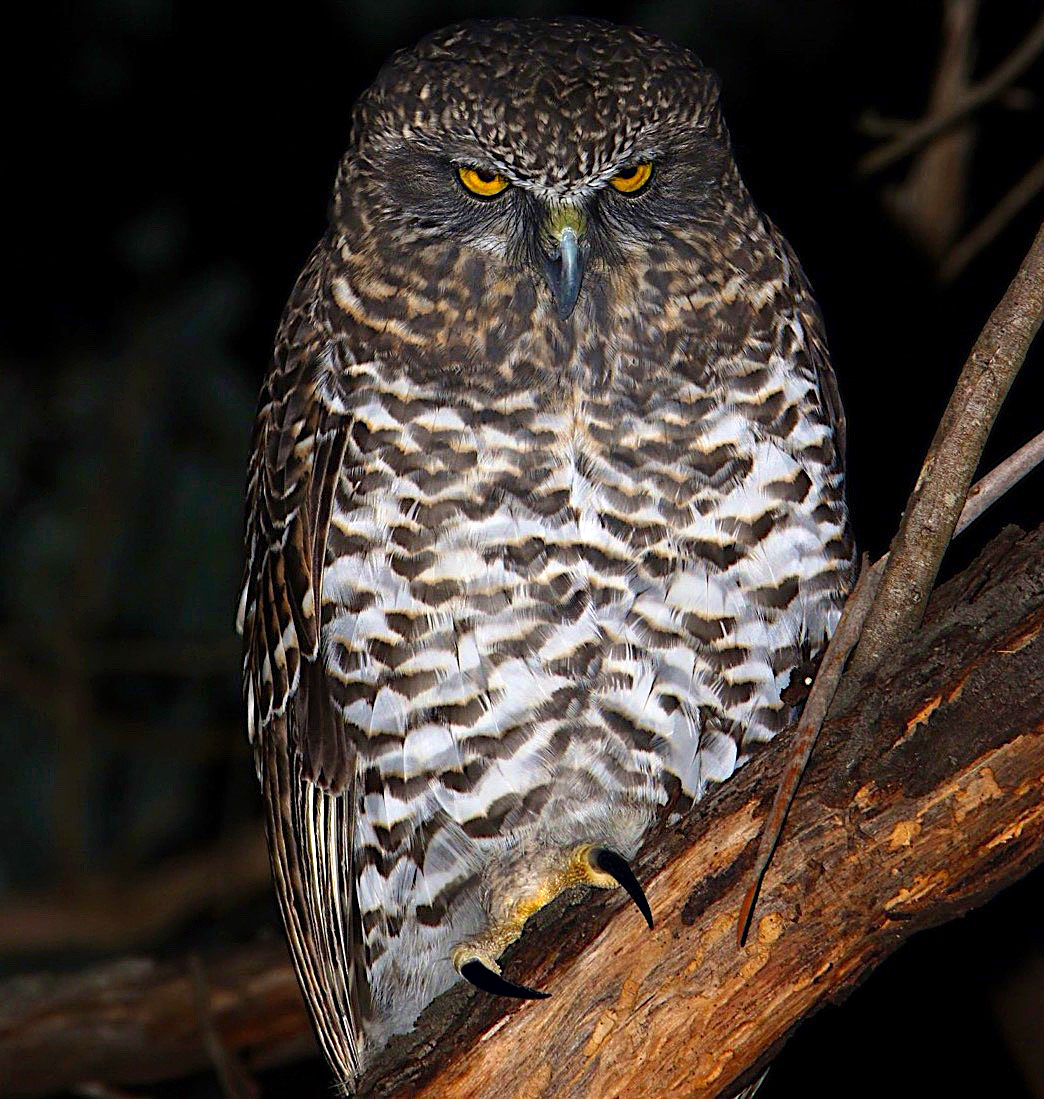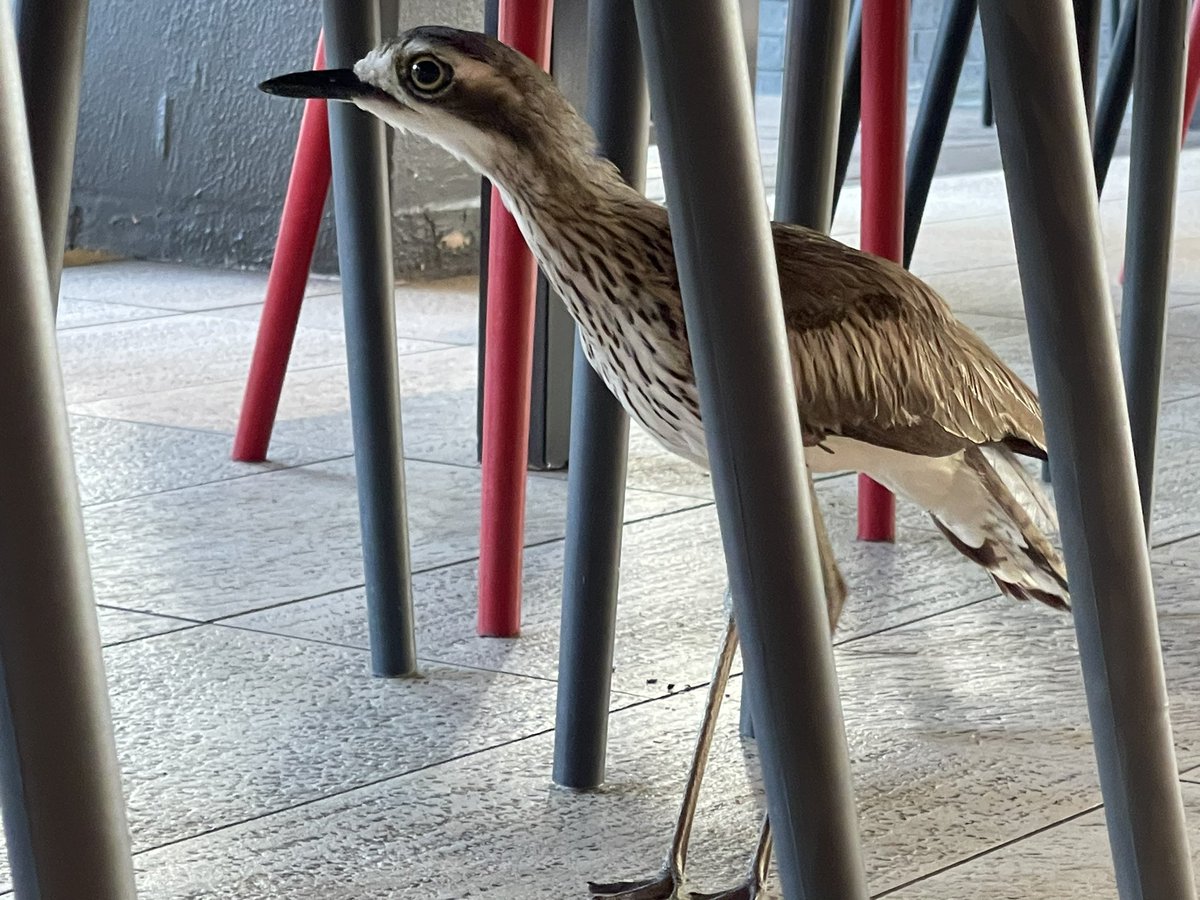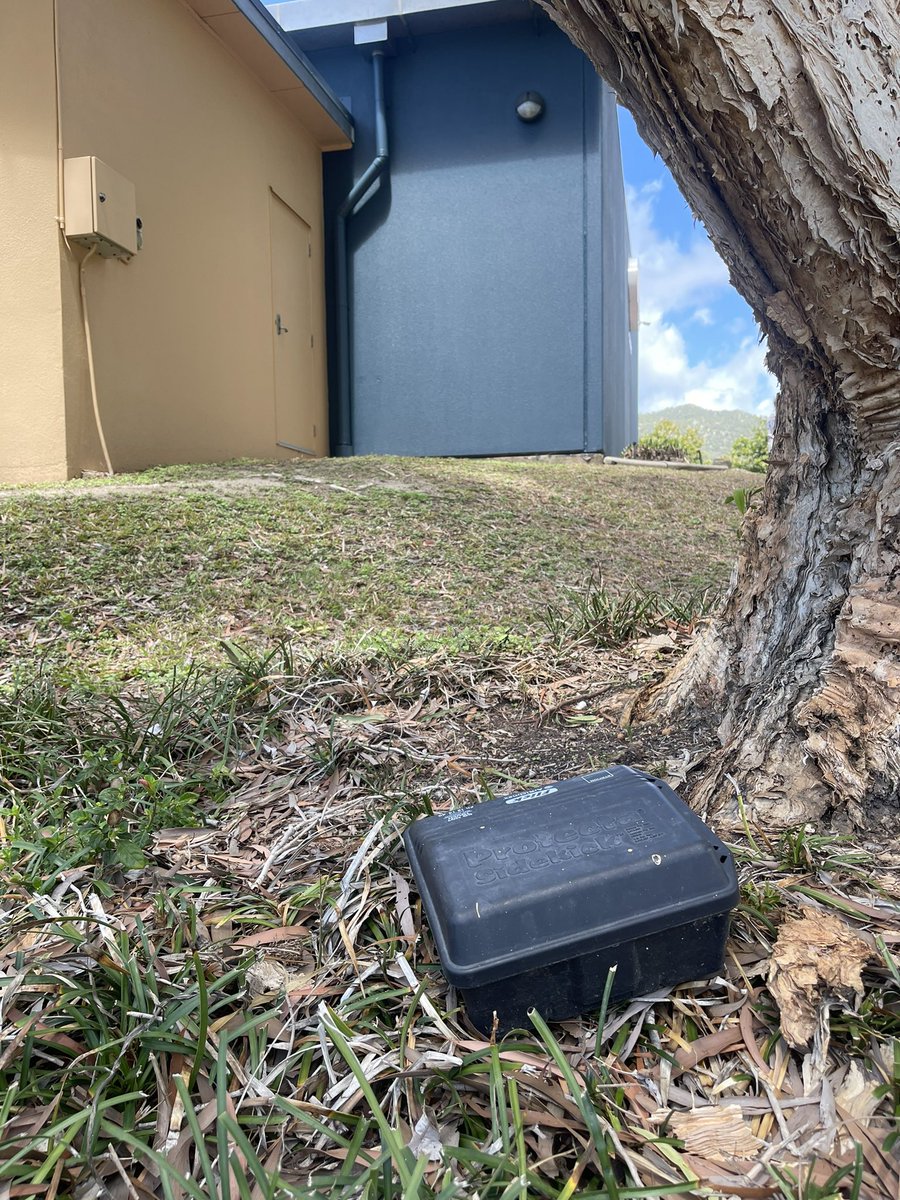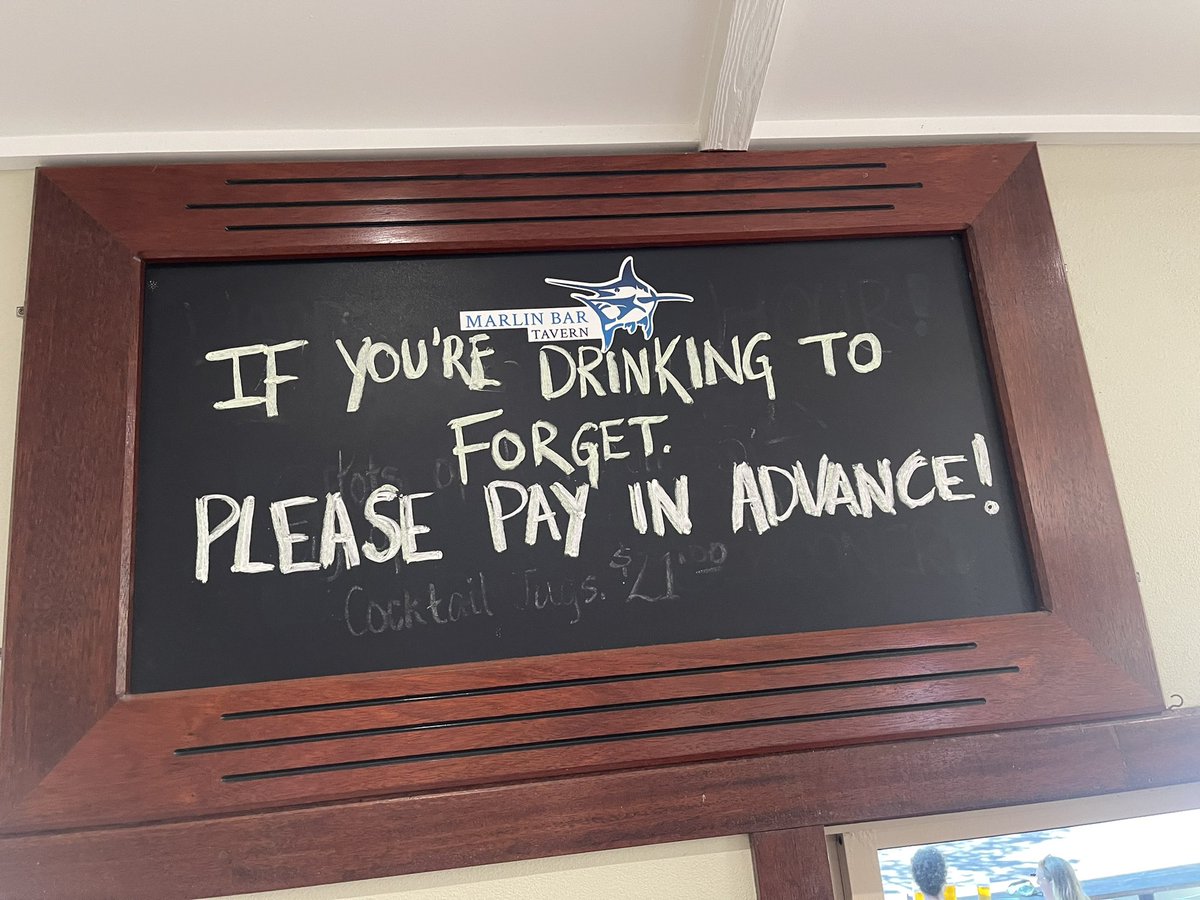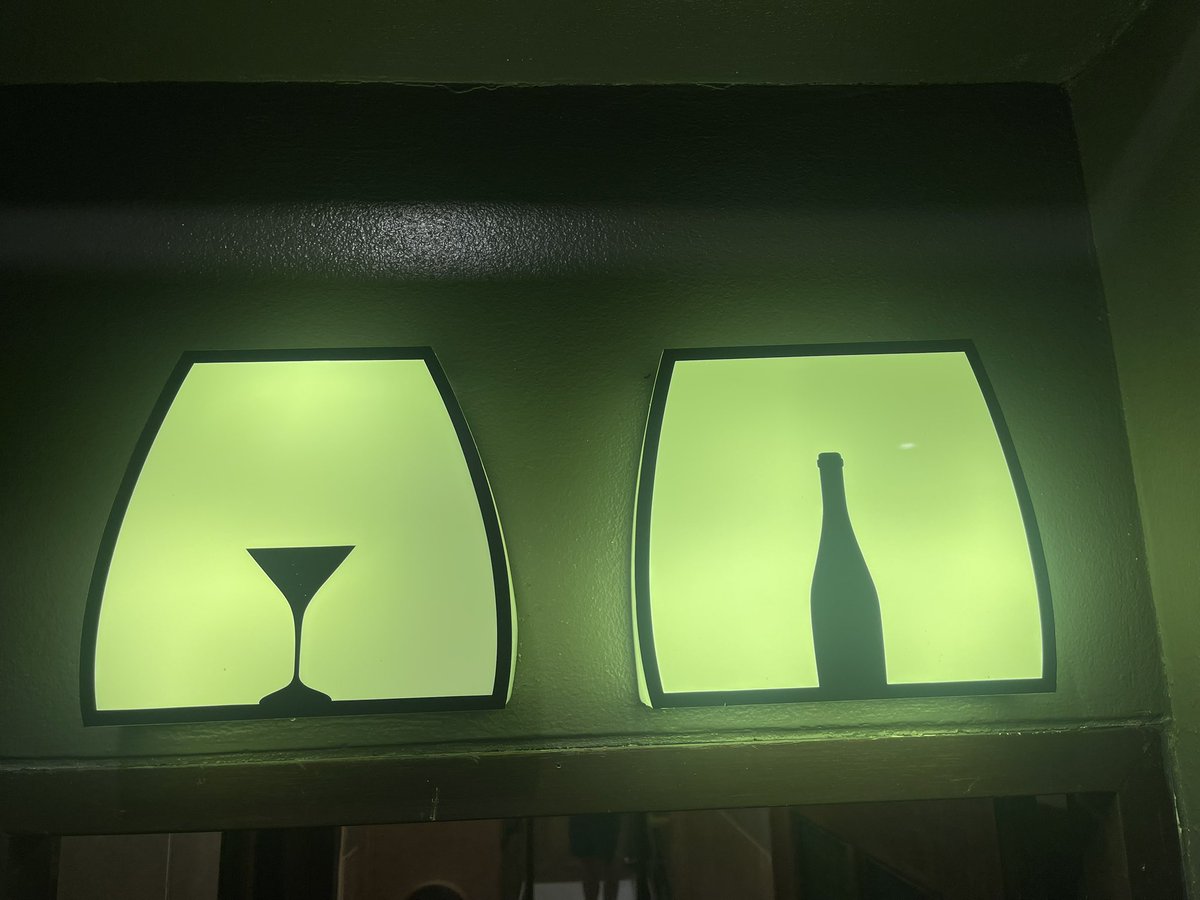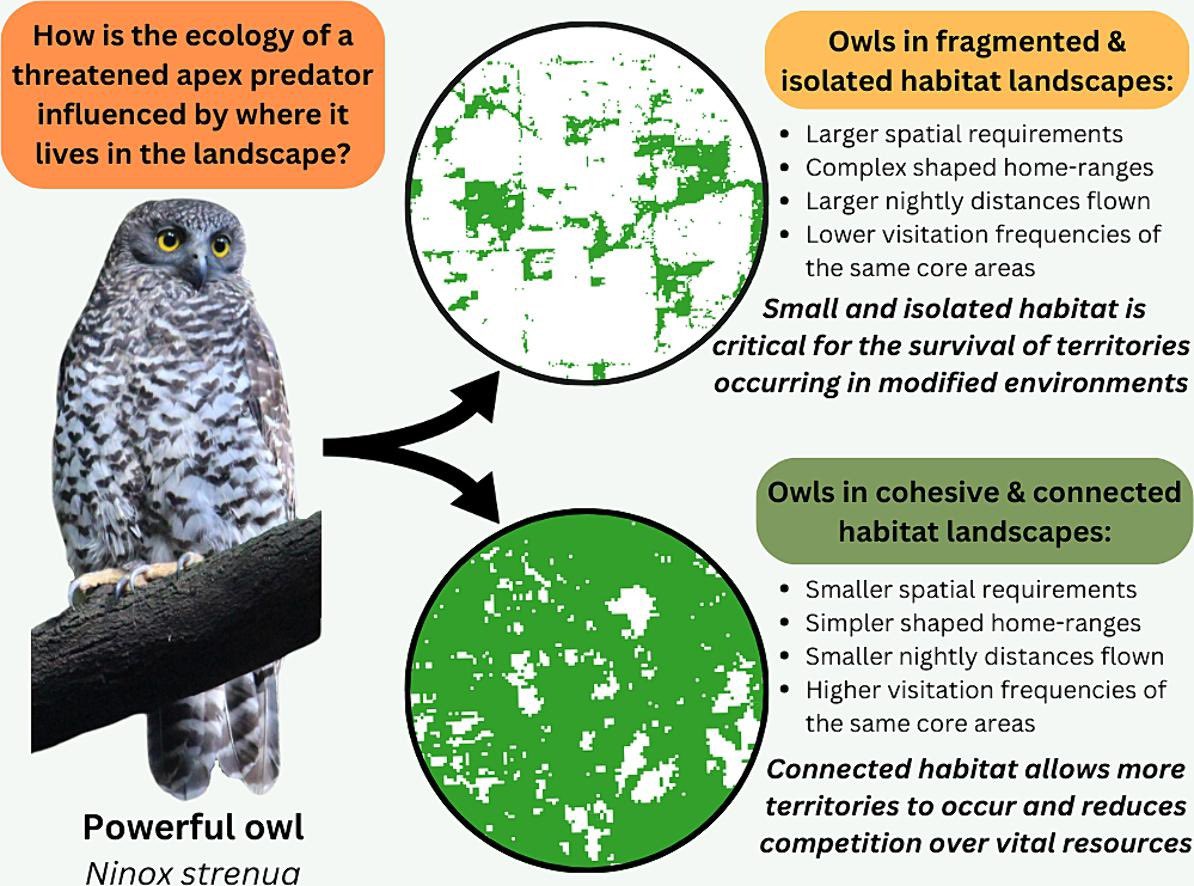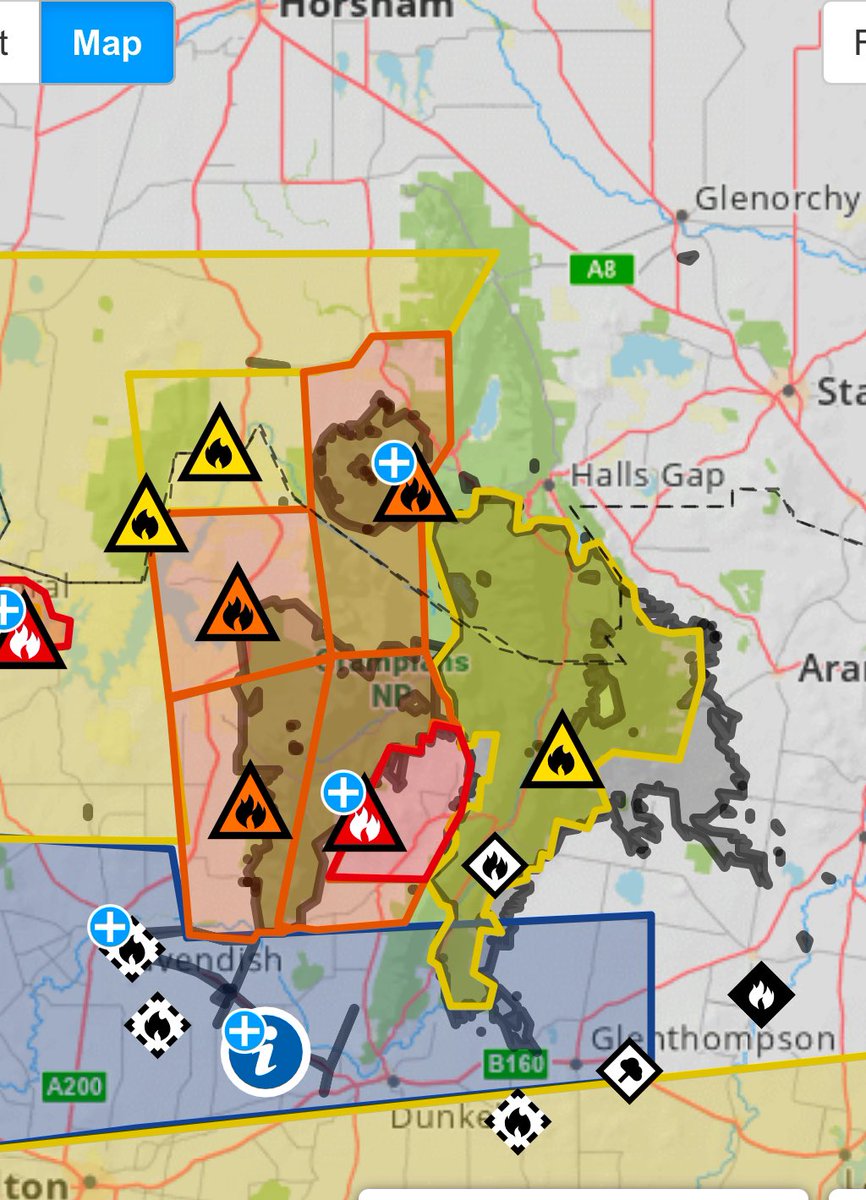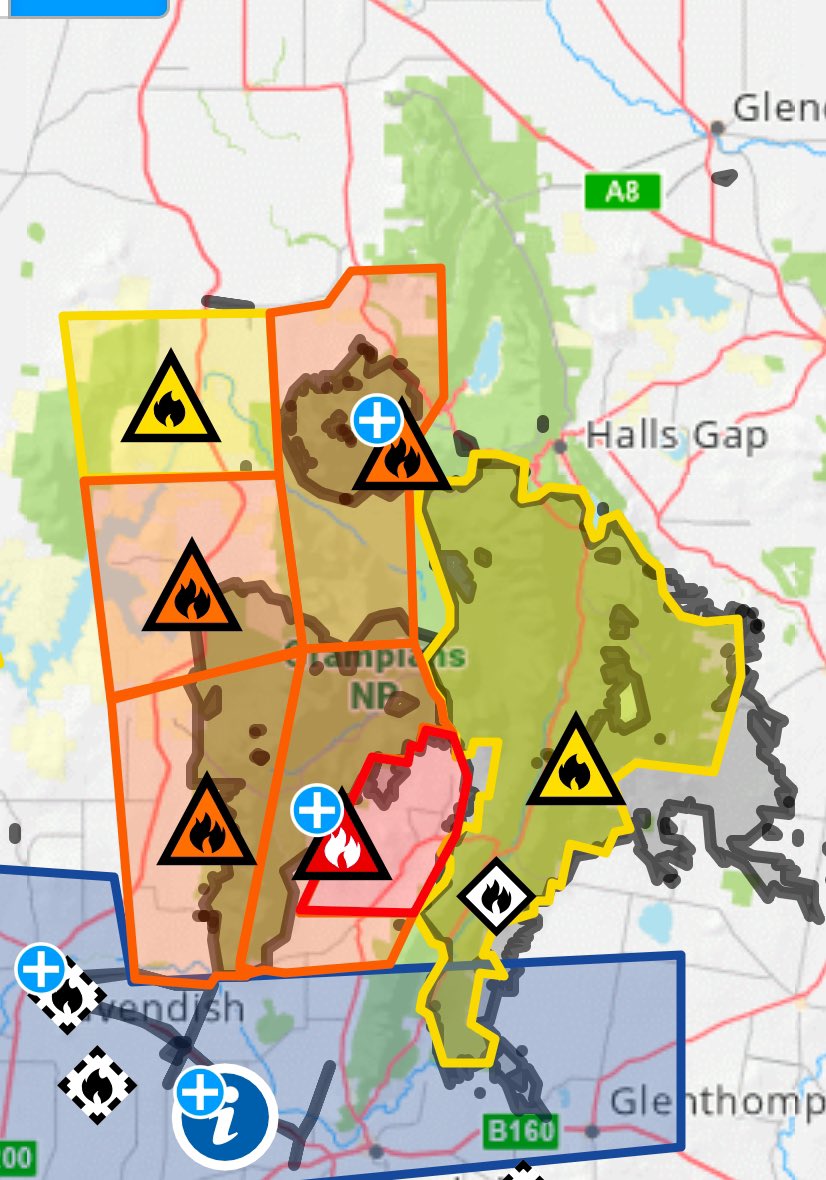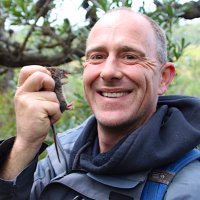
John White Wildlife
@jwhitewildlife
Associate Prof Wildlife Ecology @Deakin. Long-term research in the Grampians investigating fire & small mammals. Powerful owl ecology. Rodenticide poisoning.
ID: 2381380914
10-03-2014 02:31:20
16,16K Tweet
7,7K Followers
1,1K Following

Consumers have the power to reduce off target wildlife death from rodenticides while we wait for regulations. Show Coles Supermarkets Woolworths Bunnings Warehouse what they should stock with your $. Do better APVMA au.news.yahoo.com/freezer-filled…

How do small mammals communities respond to a changing climate?🔥🌧️ In this work, John White Wildlife, Raylene Cooke et al. generated predictive models to hindcast fluctuations in small mammal abundances doi.org/10.1111/ddi.13… #ClimateChange #smallmammals #australianwildlife















Fire and the Grampians A boom-bust landscape onlinelibrary.wiley.com/doi/full/10.11… Recovery is sparked by animals that survive the fire onlinelibrary.wiley.com/doi/full/10.11… Drought refugia need protection from fire sciencedirect.com/science/articl… Fire and drought has had massive impacts onlinelibrary.wiley.com/doi/epdf/10.11…

Much of the Grampians National Park (Gariwerd) has already burned this summer – and the fire is not out yet. What does this mean for the animals that live there? John White Wildlife Deakin University theconversation.com/grampians-nati…



